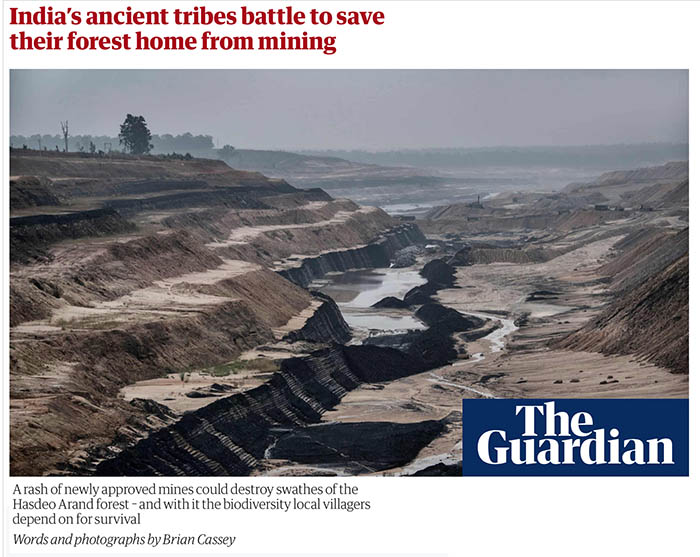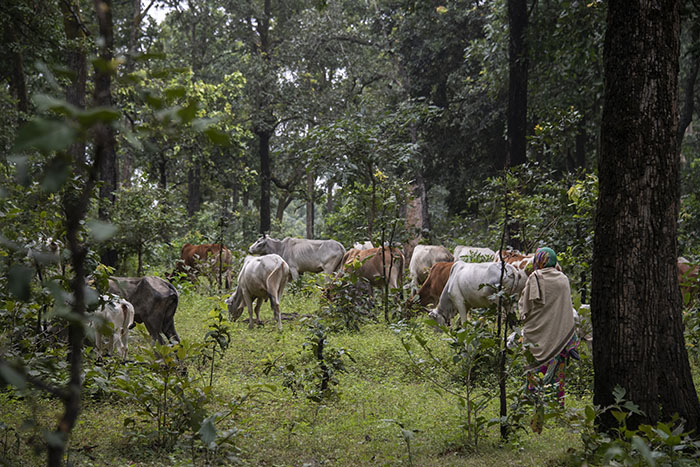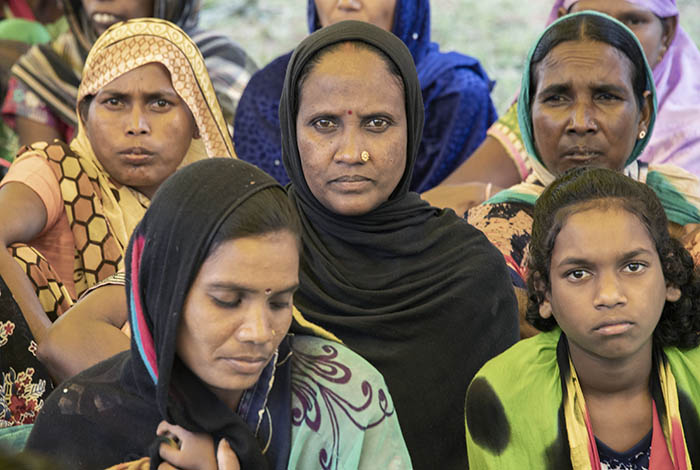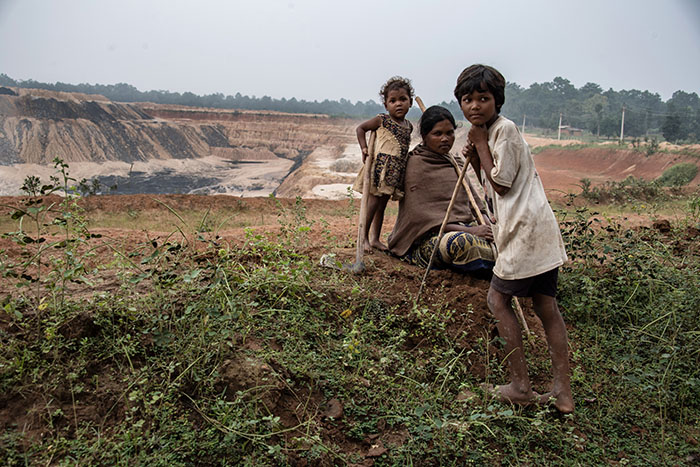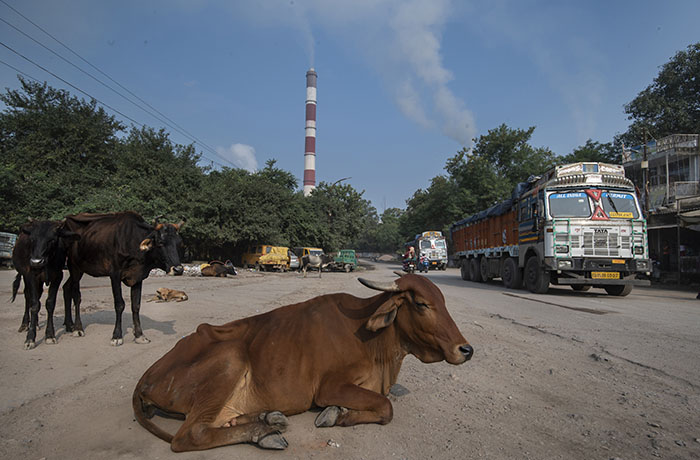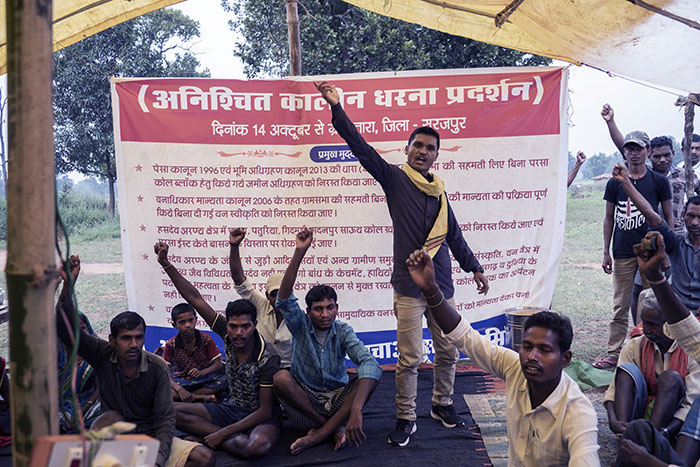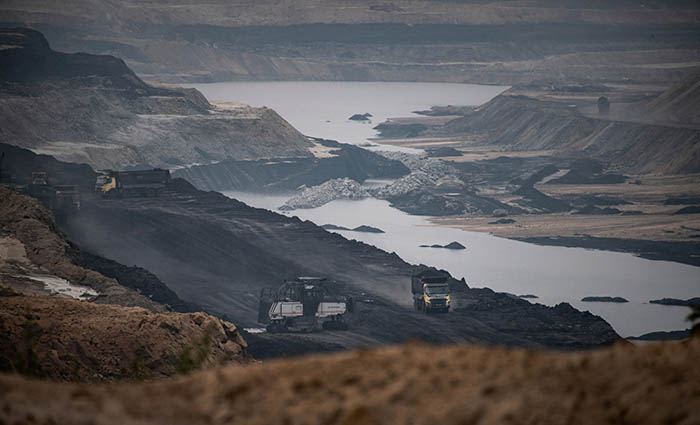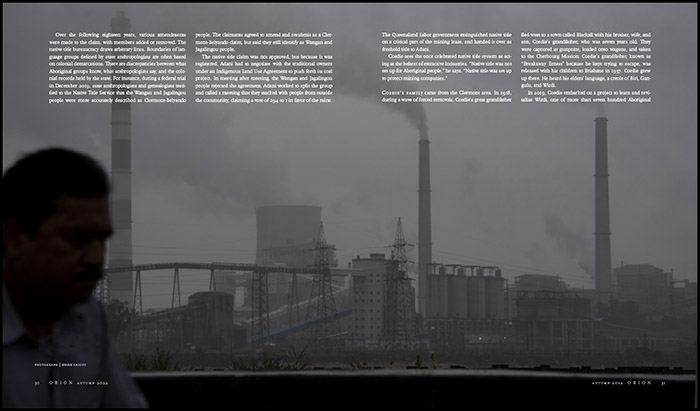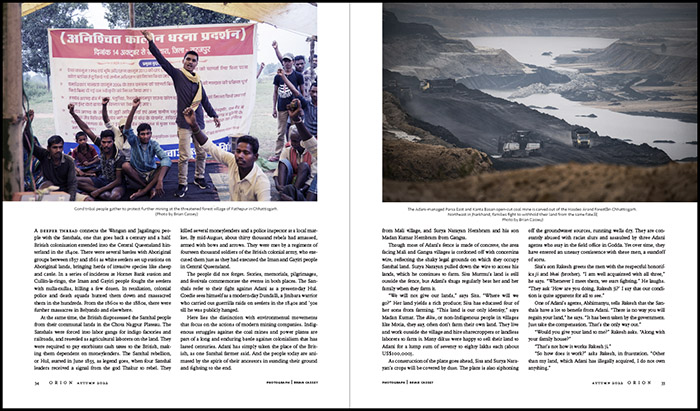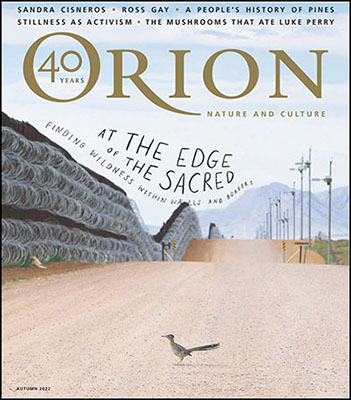Great, at last, to see images and words I put together during late last years journey to India published for the first time.
The Guardian UK have published my work on their ‘The Age of Extinction’ feature page under the head “India’s Ancient Tribes Battle to Save their Forest Home from Mining”.
The ‘ancient tribe’ is the ancient Gond people, their ‘forest home’ is the Hasdeo Arand forest in Chhattisgarh … and they are battling (amongst others) the massive Indian conglomerate that is also planning to mine in central Queensland Australia … Adani.
The Hasdeo Arand forest is the largest continuous stretch of dense forest in central India, covering about 170,000 hectares of the state of Chhattisgarh – the coal mining powerhouse of the country.
One of the last remaining remnants of the massive deciduous forests that once covered much of India, it is rich in biodiversity, contains many threatened species including elephants, leopards and sloth. It is also home to the Gond – one of India’s original indigenous peoples or Adivasis. The tribe take their name from the mythical Gondwanaland that gave birth to India and they have a deep spiritual connection to the forest. To the Gond the forest is life itself. Every forest feature has a spiritual significance – they see spirits in every leaf, tree, stream, river and hill. They also rely on products collected there to sustain life – flowers, fruits, grains, seeds, tubers and roots for food and medicines – and timber, leaves and grasses for ropes, mats, brooms, baskets, fires and building purposes.
Sadly for the Gond people and other Adivasis forest dwellers, the Hasdeo Arand sits atop over a billion metric tonnes of proven quality coal reserves.
In 2006 the Hasdeo Arand was legally declared off limits from exploitation, followed by a more explicit declaration by the Ministry of Environment, Forest and Climate Change in 2009 that the area was a ‘no-go’ area for mining.
That all changed in 2011 when the government changed tack, the community forest rights were revoked and forest clearance and mining permissions was granted for three coal blocks in the Hasdeo Arand … including the Parsa East and Kante Basan mine managed by Adani. The pace of new mines in the forest has escalated … thirty more newly surveyed open cut mine sites are due to go online in the Hasdeo Arand which threatens to destroy approximately eighty percent of the entire forest … and the lives of the forest dweller Gond people.
I thought that might make a decent story !!!! It is little known in Australia where passions for and against the Adani owned Carmichael mine in central Queensland are running high.
So, with friend and former pic editor Srienivas Akella in tow we travelled Mumbai to Raipur and into Chhattisgarh. We spent a total of a whole day driving over the four days covering the story. We met many Gond, documented their protests, lifestyle and the effects that the mines were having on their well being and that of the forest, resident elephants and other occupants … and saw the massive operating Adani Parsa East and Kante Basan open cut coal mine.
Pleased that The Guardian have seen the importance of this story, not only to Australians and Indians, but also to the planet in general.
Special Thanks to Srienivas and local Raipur contact Bipasha Paul.
My ‘The Guardian’ story and images may be found at … https://www.theguardian.com/environment/2020/feb/10/indias-ancient-tribes-battle-to-save-their-forest-home-from-mining
Below are just a small percentage of the images (© Brian Cassey) from the project … some that didn’t make the published story. Pics of the Adani operations at their PEKB mine, Gond protests, the threatened Hasdeo Arand forest and Chhattisgarh.
STOP PRESS … seventeen of my images from this story are now published as a ‘special feature’ over a week on the planet wide instagram feed … https://www.instagram.com/everydayclimatechange/ … devoted to bringing attention to climate change issues.
